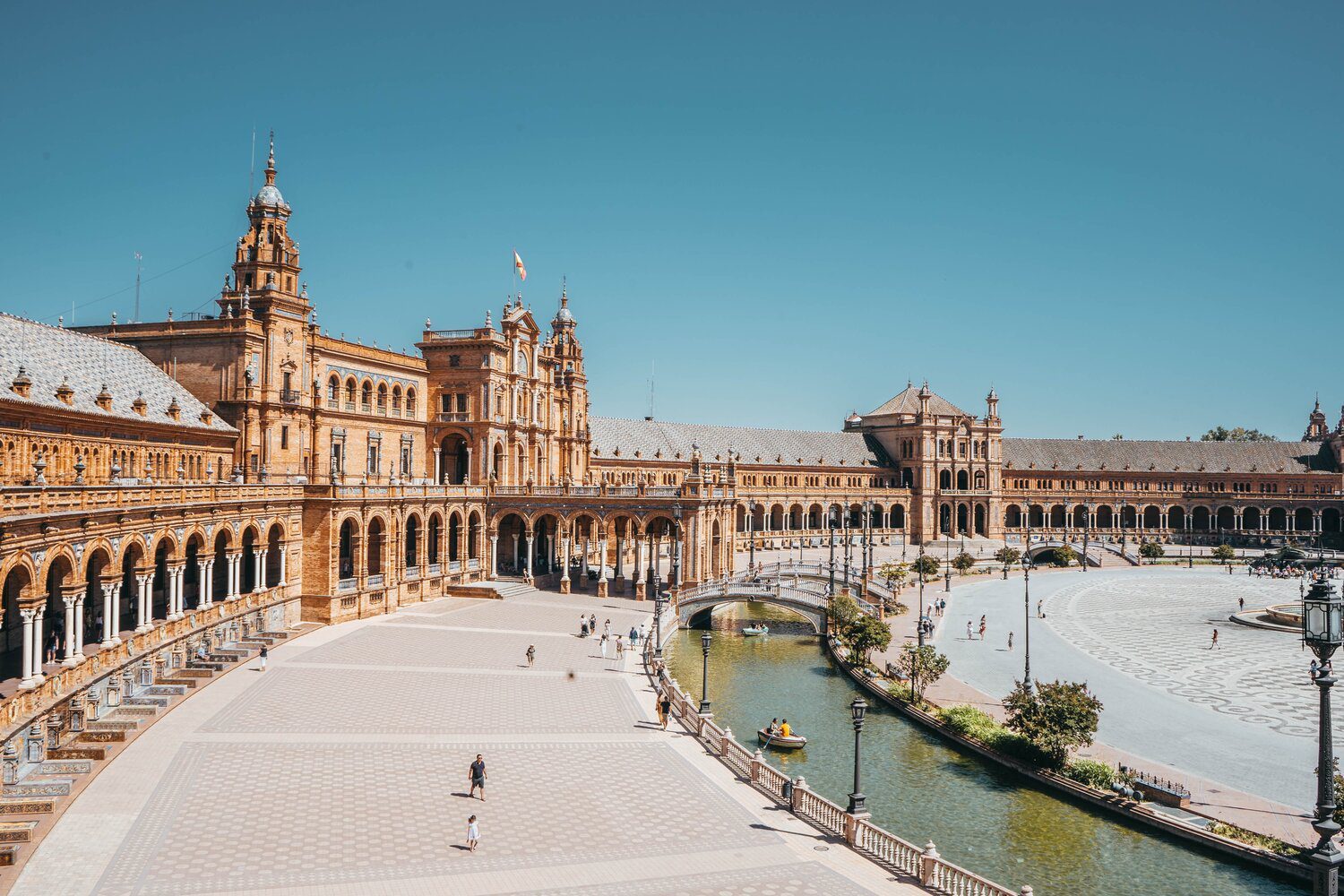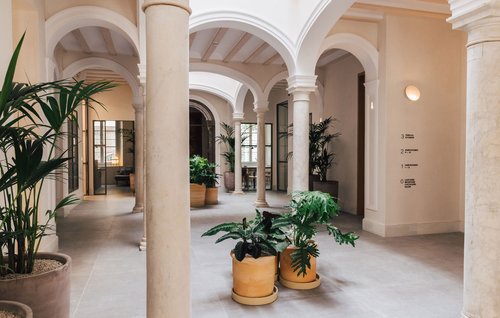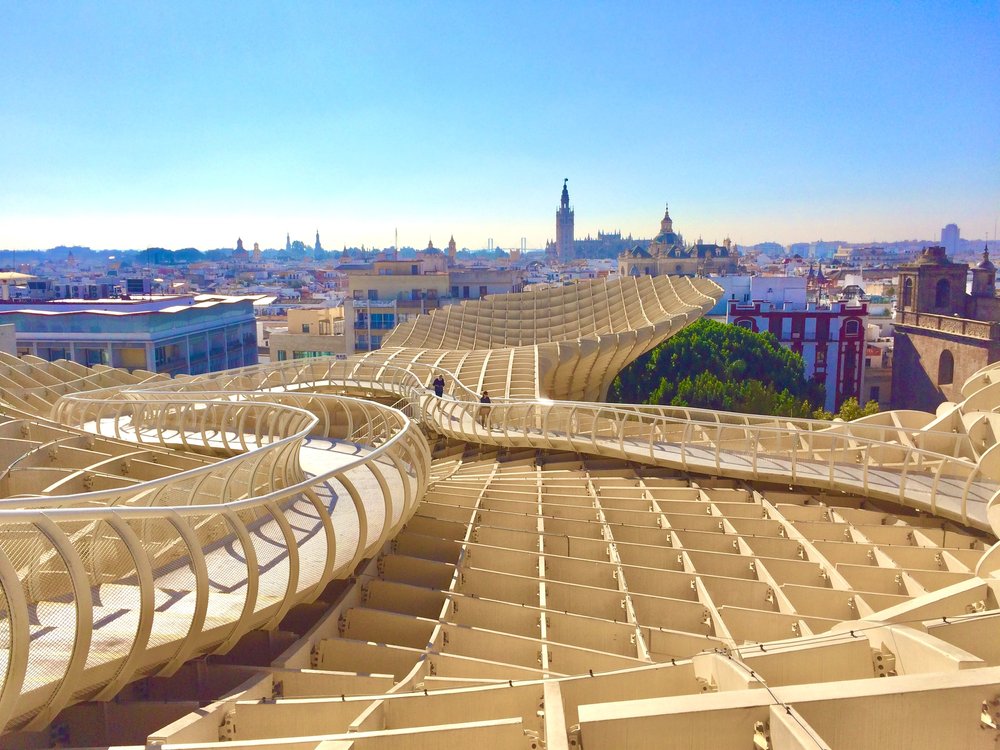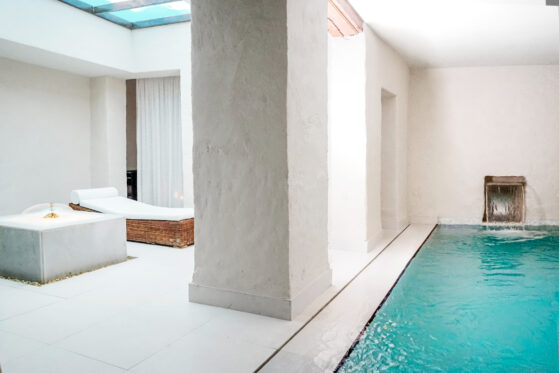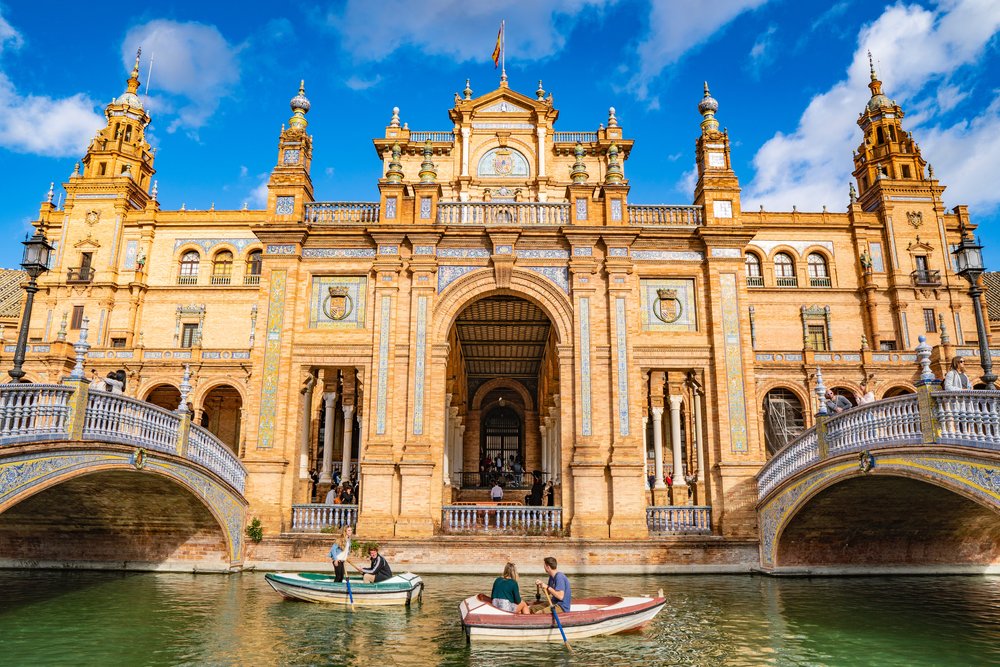There are few cities in the world that evoke the same level of sentiment as Seville. It’s the centre of all things traditionally Spanish: from the flamenco music and bullfighting to Ernest Hemingway’s favourite drink, sangria. While the Sevillians (Sevillanos in Spanish) are known for their wit and sparkle, the city itself is fascinating for its exuberance. Being the 5th oldest city (VIII century B.C. by the Tartessos) and 4th largest city in Spain, there is a vast amount of discoveries still being made; from the hoard of bronze Roman coins stored in 19 amphora earthenware jars found recently during construction works to the Roman and Moorish remains discovered on-site underground below the Metropol Parasol (wooden parasols).
We have a soft spot for Seville, and have been frequently visiting for the past 8 years. The city has blossomed as far as new boutiques and restaurants, but the maintenance of the city’s historical landscapes embodies the local´s values in conserving what has been their heritage for many years. Seville is a traditional city, with dozens of shops selling heirloom Christening outfits, penitents hoods, handcrafted flamenco dresses, ceramic tiles, and convent sweets in abundance! As we love the mixture of past and present, it shall be of no surprise that we were keen to stay at Plácido y Grata boutique hotel.
